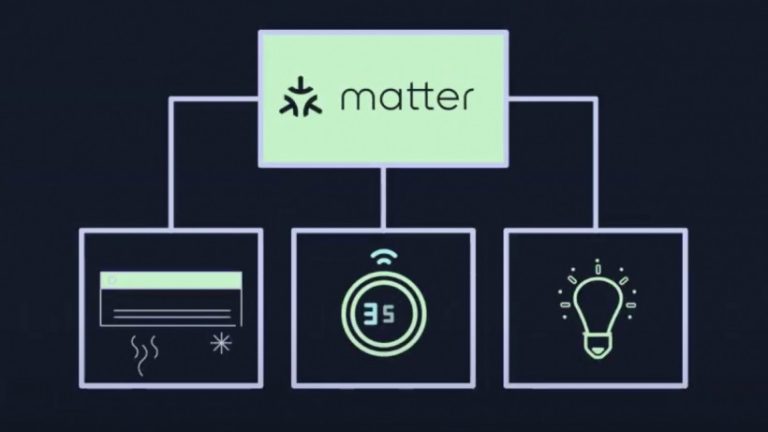Everything you need to know about the technology formerly known as Project CHIP
If there's one problem with the rise of smart home technology over the last decade, it's that devices don't always communicate with each other.
Amazon, Google and Apple have introduced easy-to-use smart speakers that also act as smart home hubs, but not all smart home devices are supported, meaning you could end up in a situation where your lightbulbs work but your thermostat doesn't.
Matter wants to change that.
With Matter now up and running and a host of certified Matter devices announced, it shouldn’t be long before we start seeing the real impact Matter smart home devices can have in your home.
So what exactly is Matter?
Matter was born in 2019 as Project CHIP (Connected Home over IP), a collaboration between some of the biggest companies in the tech industry, including Apple, Google, Amazon, Samsung, the Zigbee Alliance, and various other tech brands, with the goal of creating a unified smart home standard.
For those unfamiliar with the Zigbee Alliance, it is itself a big player in the smart home industry, with participants including Ikea, Legrand, Resideo, Samsung SmartThings, Schneider Electric, Signify, Silicon Labs, Somfy and Wulian, making the project truly scalable.
advertisement
The idea was that this would make it easier for manufacturers to develop products that work with all three major voice assistants, as well as with each other.
Consumers will be able to buy two smart home products from two different brands, and if both boxes have the relevant logos on them, buyers will know they are compatible.
In case you're wondering, the logo looks like a stick figure wearing bikini bottoms.
In May 2021, the name was changed to Matter and the Zigbee Alliance was rebranded to the Connectivity Standards Alliance (CSA), which sounds a little less like a band of brave bumblebees. Too bad.
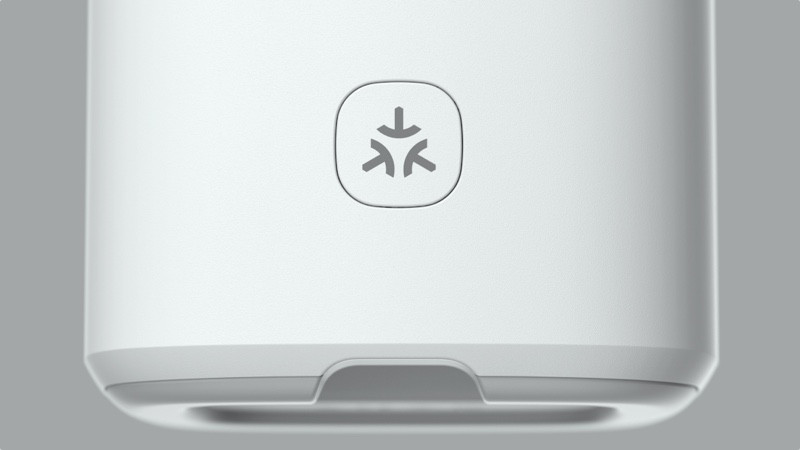
 (Image courtesy of CSA)
(Image courtesy of CSA)
How does Matter work?
Matter only uses existing standards rather than introducing entirely new technologies, which may slightly undermine its purpose of being a unifying force.
advertisement
Getting a little more technical, Matter is an interoperable application layer software suite for wireless IoT devices.
What that means in the real world is that at least the first version of Matter will use Ethernet, Wi-Fi, Bluetooth Low Energy (for initial pairing), and Thread, a relatively new networking protocol that connects products from different brands without the need for a hub.
Like Zigbee and Z-Wave, Thread can connect all your devices in a giant mesh. Unlike Zigbee and Z-Wave, Thread doesn't require a smart home hub to connect.
Explained: What is a thread?
Thread is already built into products like Google's Nest Wifi and Nest Hub Max, Amazon Echo, HomePod Mini, Apple TV 4K, and a variety of other products from a wide range of brands, including Nanoleaf, Tuya, Schneider, Aqara, Eero and Eve.
Matter wants to not only simplify things and improve interoperability, but also make smart homes more reliable and secure, and incorporating Thread could be the key to that.
advertisement
Low-power mesh technology ensures that if one device in the network goes down, the remaining devices can continue to function, and it uses AES encryption backed up by banking-standard public key cryptography.
Material Controller
Matter is designed to be installed closer to home, making it less reliant on the cloud.
According to the guidelines, control of Matter devices should also be done locally: the Matter Controller is the brain of the Matter smart home, managing communication, automation and even remote access.
You don't need a new Matter smart home hub, though — the technology can easily be integrated into existing devices.
Smart speakers, routers, digital displays and more can act as Matter controllers, and companies like Google, Amazon, SmartThings, Aqara, and Apple have already updated many of their existing devices to become Matter controllers.
Not only that, but many of these devices can also act as Thread border routers or Thread bridges, allowing them to carry other protocols such as Zigbee and Z-Wave.
advertisement
Check out our guide to the best Matter smart home devices and controllers for more information.
Matter's list of devices covered is pretty comprehensive: lighting and electricity, heating and cooling, locks and security devices, windows and blinds, and televisions were all included in the first wave, and the line-up of alliance members and participants reads like a Who's Who of smart home tech: Amazon, Apple, Google, Samsung, Philips Hue, Switchbot, Aqara, Roborock, Huawei, Oppo, Logitech, Xiaomi, iRobot, and Panasonic are all part of the 600+ strong list.
This means it should be able to cover your entire smart home.
When Matter 1.0 launched in November 2022, the CSA announced that more than 190 smart home devices had been Matter certified, and that number has grown steadily since then.
The initial launch included eight device categories: light bulbs and switches, plugs, door locks, thermostats and HVAC controllers, blinds and shades, smart sensors, bridges, smart TVs, and streaming devices.
With the release of Matter 1.2 in October 2023, Matter now has 17 device types, including refrigerators, room air conditioners, dishwashers, washing machines, robot vacuums, smoke and carbon monoxide alarms, air quality sensors, air purifiers, and electric fans.
advertisement
CSA also reported that upon the 1.2 release, the Matter specification had been downloaded more than 24,600 times, resulting in 1,214 Matter device certifications.
The latest Matter 1.3, released in May 2024, added support for water management devices such as leak and freeze detectors, rain sensors, controllable water valves, electric vehicle chargers, microwaves, stoves, extractor hoods, and washer-dryers.
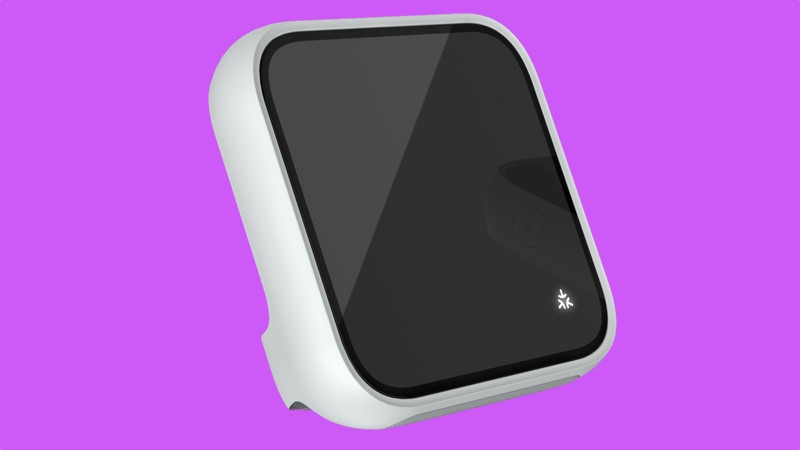
 (Image courtesy of CSA)
(Image courtesy of CSA)
What about existing kits?
This will vary greatly by manufacturer and device, but some companies are already updating their existing products to support Matter.
These companies include Philips Hue, Eve, WiZ, Govee, Nanoleaf and others, with major players Apple, Amazon, Google and SmartThings already starting to make their devices Matter-enabled.
At CES 2024, new Matter devices were announced and made waves, including from Roborock, Ecovacs, Aqara, and Cync.
advertisement
guide…
The fact that Matter works with existing technology standards (and can be implemented with a simple software update) helps in this regard, but the relentless march of capitalism means that many brands will likely take advantage of Matter's compatibility to market new products instead.
Matter is also designed to work with existing smart home standards, so if you already have a comprehensive Z-Wave network, for example, you can connect it to Matter using bridges and third-party hubs that support the various standards.
This handy visual, featured at Tuya's booth at IFA 2022, shows how this works.
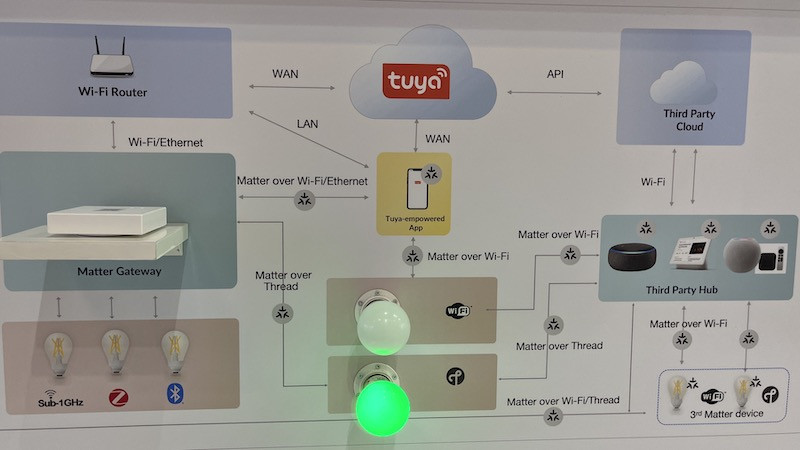
 (Image courtesy of The Ambient)
(Image courtesy of The Ambient)
Legacy pre-Matter devices will also be able to join a Matter party through a Matter certified hub or bridge.
advertisement
For example, here's the approach taken by Signify: Signify is Hue Bridge Matter certified, but doesn't add Matter to individual bulbs.
The good news is that your decade-old Hue bulbs will sync with the Matter system, but the bad news is that extra hubs and bridges aren't likely to go away anytime soon.
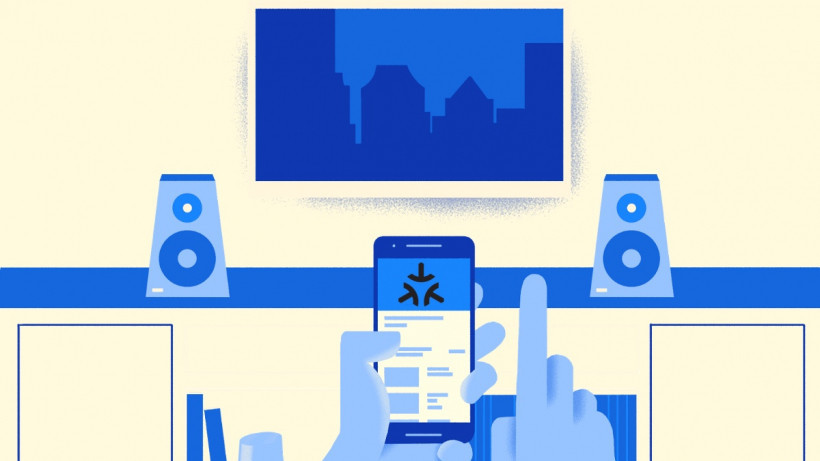
 (Image courtesy of The Ambient)
(Image courtesy of The Ambient)
Matter Casting
While most of the coverage surrounding Matter's release has been about smart home devices like sensors, locks, and lights, Matter includes an important feature that hasn't received much attention.
Available to TV brands building in partnership with Matter, Matter Casting has big plans to shake up the fragmented device-to-screen video streaming category.
Matter not only enables smart TV control, it also gives developers, streaming platforms and TV manufacturers the tools to give users new, and hopefully simpler, ways to send video action from devices like smartphones, tablets and smart speakers to their TVs.
advertisement
Matter 1.3 also comes with improved casting and TV features, including the ability to display popups from other devices on your Matter-enabled TV.
Do you have any rivals?
To an extent, yes, but not really, because even “rival” platforms will want to ensure compatibility with the Matter smart home system.
Zigbee and Samsung's SmartThings are part of the Matter family, with Z-Wave being the only real competitor.
Z-Wave was introduced in 2001, when the idea of a smart home was still science fiction for most people. Today, there are over 100 million Z-Wave devices in use worldwide, and over 3,300 Z-Wave certified products available for purchase.
Z-Wave isn't on Matter's partner list, but an old-fashioned format war seems unlikely.
Avi Rosenthal, managing partner at Bluesalve Partners, who currently serves as chairman of the board of directors for the Z-Wave Alliance, recently explained:
advertisement
“Do I see Matter as a competitor? Absolutely. And do I see Matter as an opportunity? Absolutely.”
“We're willing to cooperate. We're willing to engage in discussions,” he explained. “We don't see this as an us-versus-them scenario, but as an opportunity for all of us to work together.”
Z-Wave's chairman of the board has even gone so far as to say he hopes 2024 will be the year that Matter and Z-Wave bridge the gap.
Phew.
Full steam ahead for Matter
Well, not really. Matter has been in the real world for about 18 months now, and it's faced a number of challenges along the way.
The launch was a crazy undertaking, which you can read about here.
advertisement
As we've already mentioned, Matter is designed to work with a variety of devices from different manufacturers, but getting all these devices to communicate seamlessly is proving to be a complex task.
Even with Matter certification, some devices may have difficulty integrating with certain hubs or platforms.
For example, the Aqara Hub M3 is a Matter controller with a Matter logo on the box, and it only officially works with Philips Hue, Nest thermostats, and Leviton switches and dimmers.
The best thing about Matter is that as long as you see the Matter logo on the box, you don't have to worry about which brand is aligned with what.
Plus there's the small fact that even though Matter 1.3 has been released, there's still no support from Apple, SmartThings, Alexa or Google for the device types released in Matter 1.2.
The thing about Matter is that it's complicated: try explaining to a friend that it's not actually a new communications technology, but just an application layer built on top of a collection of existing protocols.
advertisement
But the plan was to eliminate these complications before they reached consumers: If a smart home device you picked up in a store had a Matter sticker on the box, it was supposed to just work — no hubs, no extra apps, no hassle.
Not at the moment, it's all just a bit… confusing.
This doesn't mean Matter is a dead end — far from it — but it's a long way from the smart home utopia we'd all been hoping for.

